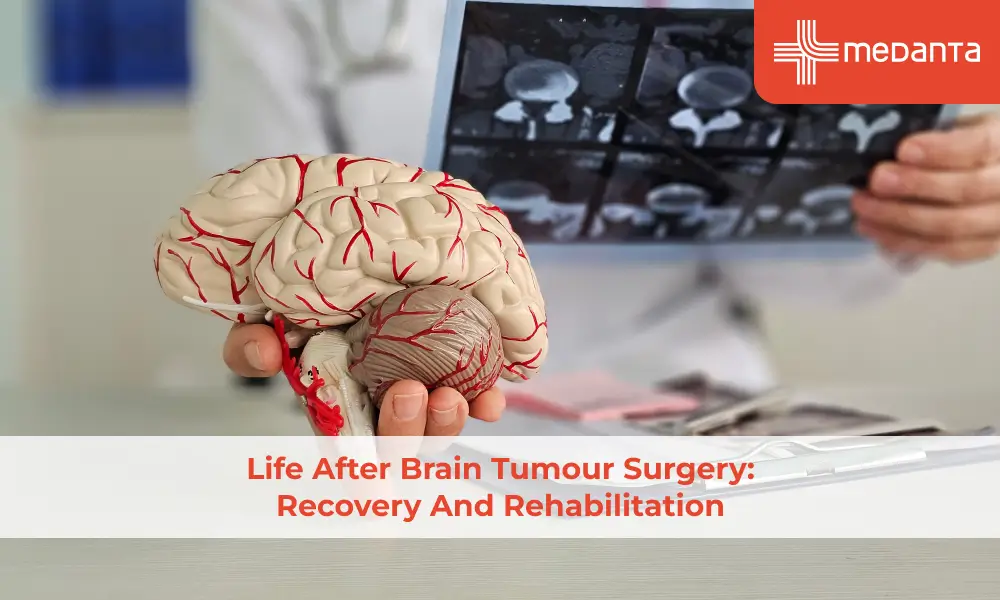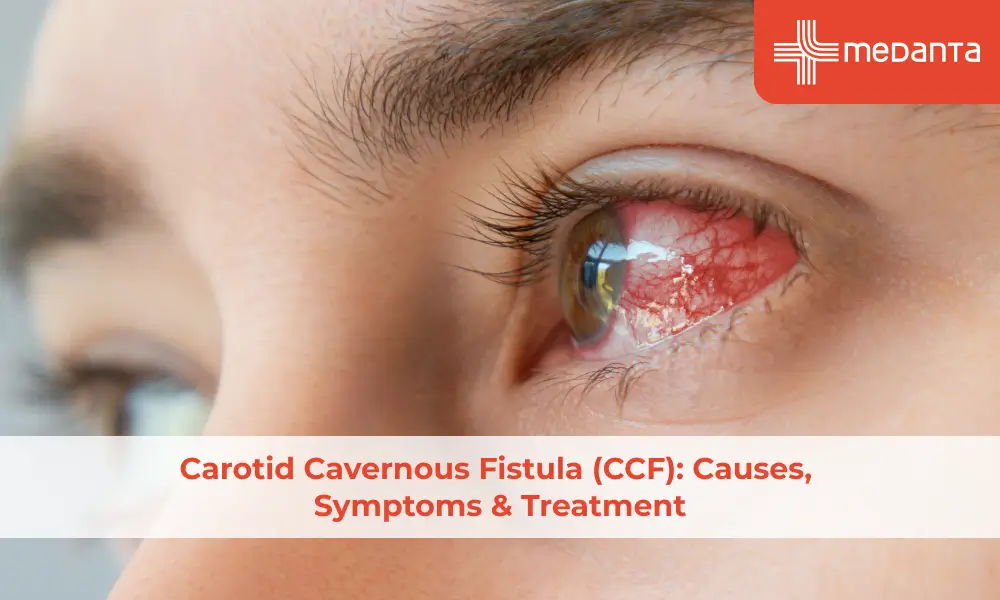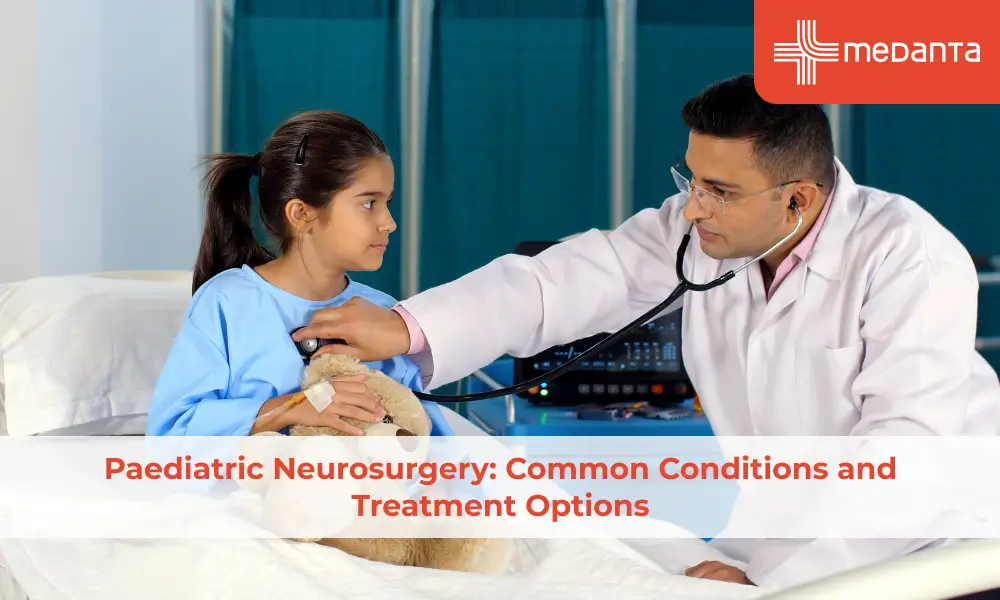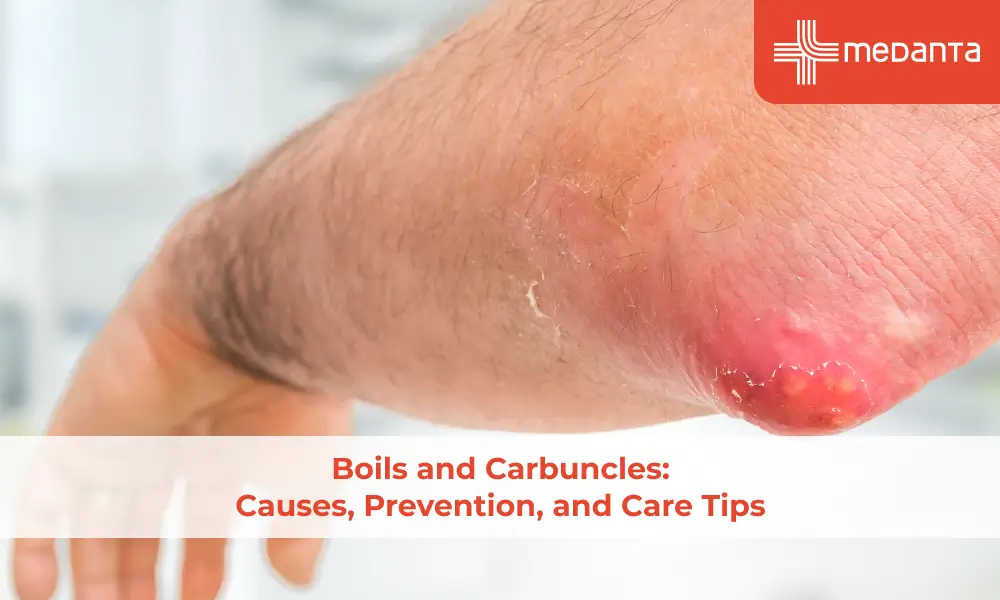Fight Back Against Non-Hodgkin's Lymphoma

Non-Hodgkin's lymphoma (NHL) is a serious condition that impacts thousands each year. However, as healthcare advances, so too does our ability to treat NHL and support those fighting this disease. When caught early and approached with the latest medical strategies, NHL is an adversary that can often be overcome.
In this post, we'll explore the most effective treatments available for different types of NHL, from targeted therapies and immunotherapy to chemotherapy and radiation.
Our aim is to distill the often complex world of NHL diagnosis and care into practical, actionable guidance. By understanding your options and working closely with a knowledgeable medical team, many find strength and hope for battling this disease and living full, meaningful lives.
Understanding Non-Hodgkin's Lymphoma
Non-Hodgkin's Lymphoma (NHL) is a type of cancer that originates in the lymphatic system, the body's network of vessels and glands that help fight infection. Unlike Hodgkin's lymphoma, NHL does not involve Reed-Sternberg cells and has a broader range of subtypes.
Types of Non Hodgkin's Lymphoma
Let's discuss the different subtypes of NHL, each with its unique characteristics and behaviors. Understanding these distinctions is crucial to find the right non-Hodgkin's lymphoma treatment effectively.
1. Diffuse Large B-Cell Lymphoma (DLBCL)
DLBCL is the most common type of NHL, characterized by rapidly growing tumors that develop from B-lymphocytes, a type of white blood cell. This subtype often presents as rapidly enlarging lymph nodes, along with symptoms such as fever, night sweats, and weight loss.
Non-Hodgkin's lymphoma treatment typically involves chemotherapy, with varying outcomes depending on factors such as the patient's age and overall health.
2. Burkitt Lymphoma
Burkitt Lymphoma is a highly aggressive type of NHL that originates from B-lymphocytes and is associated with a characteristic genetic abnormality known as the MYC gene rearrangement. It’s the most common NHL seen in Children. Though it’s very aggressive but it responds very well to treatment specially if detected early.
3. Anaplastic Large Cell Lymphoma (ALCL)
Anaplastic Large Cell Lymphoma (ALCL) is a rare type of non-Hodgkin lymphoma characterized by the presence of large, abnormal lymphocytes. It primarily affects lymph nodes but can also involve extranodal sites such as the skin, bones, and organs. ALCL is divided into two main types: ALK-positive and ALK-negative, based on the presence of the anaplastic lymphoma kinase (ALK) protein. ALK-positive ALCL typically occurs in children and young adults and has a better prognosis.
4. Lymphoblastic Lymphopma (B/T)
Lymphoblastic lymphomas are aggressive forms of non-Hodgkin lymphoma predominantly affecting children and young adults. It arises from immature T-cells or B-cells and typically presents with a rapidly growing mass, often in the chest. Treatment involves intensive chemotherapy, and the prognosis varies based on disease stage and response to therapy.
5. Follicular Lymphoma
Follicular Lymphoma is a slow-growing type of NHL that arises from B-lymphocytes in the lymph nodes. Unlike DLBCL, this subtype tends to be less aggressive and may remain indolent for many years before requiring treatment.
Common symptoms of non hodgkin's lymphoma cancer include painless swelling of lymph nodes, fatigue, and occasional fever. Treatment options include watchful waiting, chemotherapy, immunotherapy, and targeted non hodgkin lymphoma therapy!
6. Mantle Cell Lymphoma
Mantle Cell Lymphoma is a relatively rare subtype of NHL that arises from B-lymphocytes in the mantle zone of lymph nodes. It is often diagnosed at an advanced stage and tends to be more aggressive than other types of NHL.
Symptoms may include enlarged lymph nodes, fatigue, night sweats, and abdominal discomfort. Non-Hodgkin's lymphoma treatment typically involves chemotherapy, followed by stem cell transplantation in eligible patients.
7. Peripheral T-Cell Lymphoma
Peripheral T-Cell Lymphoma is a diverse group of NHL subtypes that originate from T-lymphocytes, another type of white blood cell. These subtypes are generally less common than B-cell lymphomas and may present with a variety of symptoms depending on the specific subtype.
Symptoms of Non Hodgkin's Lymphoma Cancer
Recognizing symptoms of Non Hodgkin's Lymphoma cancer early on can play a crucial role in seeking timely medical attention and initiating appropriate treatment. Let's dive in and uncover the signs you should watch out for:
1. Enlarged Lymph Nodes
One of the most common symptoms of Non-Hodgkin's Lymphoma is the presence of enlarged lymph nodes. You may notice painless swelling in the neck, armpits, or groin area. These swollen lymph nodes may feel firm or rubbery to the touch and may increase in size over time.
2. Persistent Fatigue
Fatigue that doesn't improve with rest is another hallmark symptom of NHL. You may find yourself feeling unusually tired or weak, even after getting an adequate amount of sleep. This persistent fatigue can significantly impact your daily activities and quality of life.
3. Unexplained Weight Loss
If you're experiencing unexplained weight loss, it could be a potential indicator of Non-Hodgkin's Lymphoma.
Losing more than 10% of your body weight without trying could signal an underlying health issue, including cancer. Be vigilant if you notice a sudden drop in weight without changes to your diet or exercise routine.
4. Fever and Night Sweats
Frequent fevers, especially those accompanied by night sweats, can be a cause for concern.
These fever episodes may occur intermittently and may not be associated with any apparent infection. Night sweats can be particularly disruptive, causing drenched clothing and disrupted sleep patterns.
5. Persistent Itching
Persistent itching of the skin, also known as pruritus, is another symptom that may accompany Non-Hodgkin's Lymphoma.
This itching may occur without any visible rash or skin abnormalities and may affect various parts of the body. It can be quite bothersome and may worsen over time.
6. Abdominal Pain or Swelling
In some cases, Non-Hodgkin's Lymphoma may cause abdominal pain or swelling. This discomfort may be localized to a specific area or may be more diffuse. If you experience persistent abdominal pain or notice unexplained swelling, it's essential to seek medical evaluation.
Non-Hodgkin's Lymphoma Treatments
If you or a loved one has been diagnosed with NHL, you may be feeling overwhelmed by the various treatment options available.
1. Chemotherapy
Chemotherapy is a cornerstone treatment for NHL, involving the use of powerful medications to destroy cancer cells.
These drugs can be administered orally or intravenously and work by targeting rapidly dividing cells, including cancer cells.
While chemotherapy may cause side effects such as nausea, hair loss, and fatigue, it remains an effective tool in shrinking tumors and preventing cancer spread.
2. Immunotherapy
Immunotherapy is a cutting-edge treatment approach that leverages the body's immune system to fight cancer. In the context of NHL, immunotherapy drugs called checkpoint inhibitors help the immune system recognize and attack cancer cells more effectively.
3. Targeted Therapy
Targeted therapy is a personalized treatment approach that specifically targets cancer cells while sparing healthy tissues. In NHL, targeted therapy drugs are designed to block the activity of specific molecules involved in cancer growth and survival.
By honing in on these molecular targets, targeted therapy drugs can halt cancer progression and improve outcomes for patients with NHL, often with fewer side effects than chemotherapy.
4. Radiation Therapy
Radiation therapy uses high-energy rays or particles to destroy cancer cells and shrink tumors. In NHL, radiation therapy may be used alone or in combination with other treatments to target cancerous lymph nodes or other affected areas.
Conclusion
Non-Hodgkin's lymphoma is a type of cancer that should not be underestimated. With its various types and symptoms, it can easily go undetected if not monitored closely. However, there is hope for those fighting this disease. With advancements in medical technology and treatment options, non-Hodgkin's lymphoma has become increasingly manageable and survivable.
If you or a loved one has been diagnosed with non-Hodgkin's lymphoma, do not lose hope. With proper treatment and support, it is possible to fight against this disease and come out victorious. From chemotherapy to radiation therapy to immunotherapy, there are various options available depending on the type and stage of the cancer.






